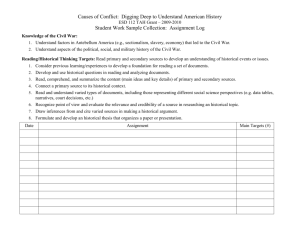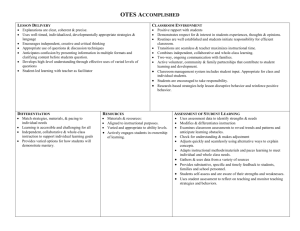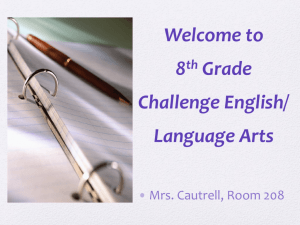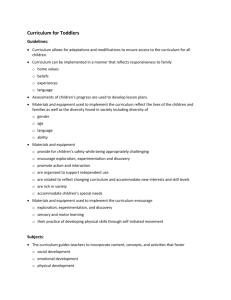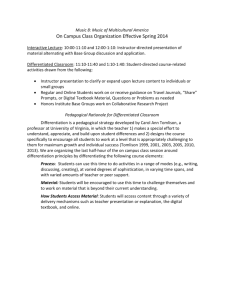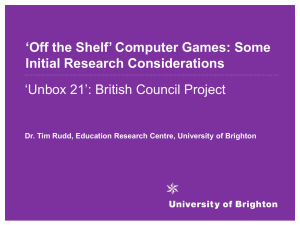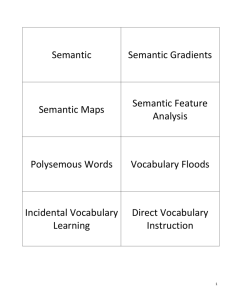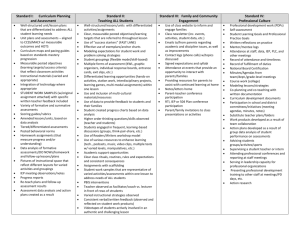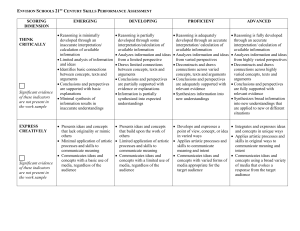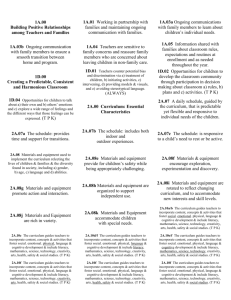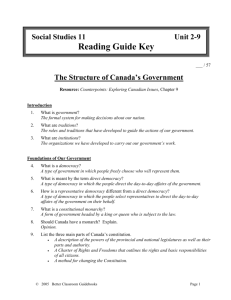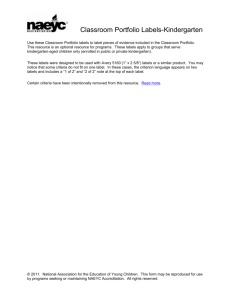here. - Little Wonders Learning Center
advertisement
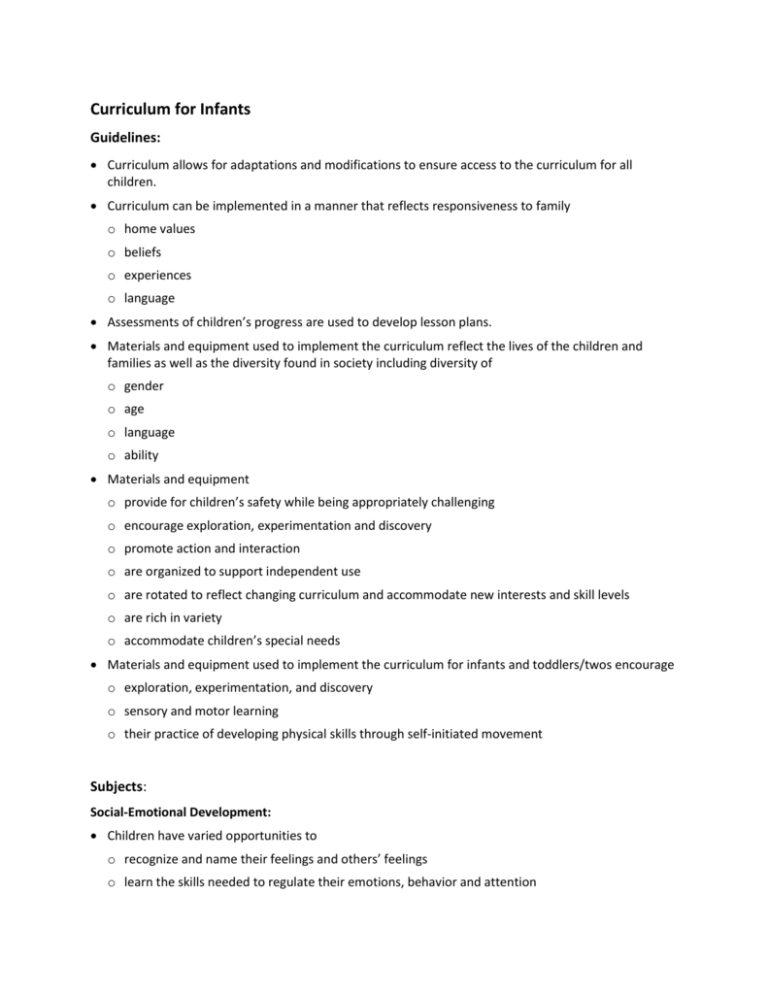
Curriculum for Infants Guidelines: Curriculum allows for adaptations and modifications to ensure access to the curriculum for all children. Curriculum can be implemented in a manner that reflects responsiveness to family o home values o beliefs o experiences o language Assessments of children’s progress are used to develop lesson plans. Materials and equipment used to implement the curriculum reflect the lives of the children and families as well as the diversity found in society including diversity of o gender o age o language o ability Materials and equipment o provide for children’s safety while being appropriately challenging o encourage exploration, experimentation and discovery o promote action and interaction o are organized to support independent use o are rotated to reflect changing curriculum and accommodate new interests and skill levels o are rich in variety o accommodate children’s special needs Materials and equipment used to implement the curriculum for infants and toddlers/twos encourage o exploration, experimentation, and discovery o sensory and motor learning o their practice of developing physical skills through self-initiated movement Subjects: Social-Emotional Development: Children have varied opportunities to o recognize and name their feelings and others’ feelings o learn the skills needed to regulate their emotions, behavior and attention o develop a sense of competence and positive attitudes toward learning, such as persistence, engagement, curiosity, and mastery Physical Development: Children are provided an environment that allows them to move freely and achieve mastery of their bodies through self-initiated movement. Children have multiple opportunities to practice emerging skills in o coordination, movement and balance o perceptual-motor integration Children have multiple opportunities to develop fine-motor skills by acting on their environments using their hands and fingers in a variety of age-appropriate ways. Language Development: Children are provided with opportunities for language acquisition that o align with the program philosophy o consider family perspectives o consider community perspectives Children are provided opportunities to experience oral and written communication in a language their family uses or understands. Children have varied opportunities to develop competence in verbal and non-verbal communication by o responding to questions o communicating needs, thoughts and experiences o describing things and events Children have varied opportunities to develop vocabulary through o conversations o experiences o field trips (include walks) o books Early Literacy: Children have varied opportunities to experience songs, rhymes, routine games and books through o individualized play that includes simple rhymes, songs and interactive games (e.g., peek-a-boo) o daily opportunities for each child to hear and respond to various types of books o including picture books, wordless books, and books with rhymes o access to durable books that enable children’s independent exploration Early Mathematics: Children are provided varied opportunities and materials to o use language, gestures, and materials to convey mathematical concepts such as more and less and big and small o see and touch different shapes, sizes, colors, and patterns o build number awareness, using objects in the environment o read books that include counting and shapes Children are provided varied opportunities and materials that help them understand the concept of measurement by using o standard units of measurement o non-standard units of measurement Science: Children are provided varied opportunities and materials to o use their senses to learn about objects in the environment o discover that they can make things happen and solve simple problems Creative Expression and Appreciation for the Arts: Children are provided varied opportunities to gain appreciation of o art in ways that reflect cultural diversity o music in ways that reflect cultural diversity o drama in ways that reflect cultural diversity o dance in ways that reflect cultural diversity Children are provided varied opportunities to explore and manipulate age-appropriate art materials. Children have varied opportunities to express themselves creatively through freely moving to music. Social Studies: Children are provided varied learning opportunities that foster positive identity and an emerging sense of o self o others
